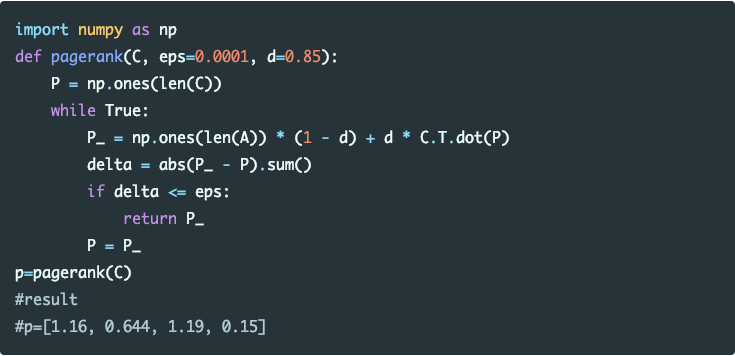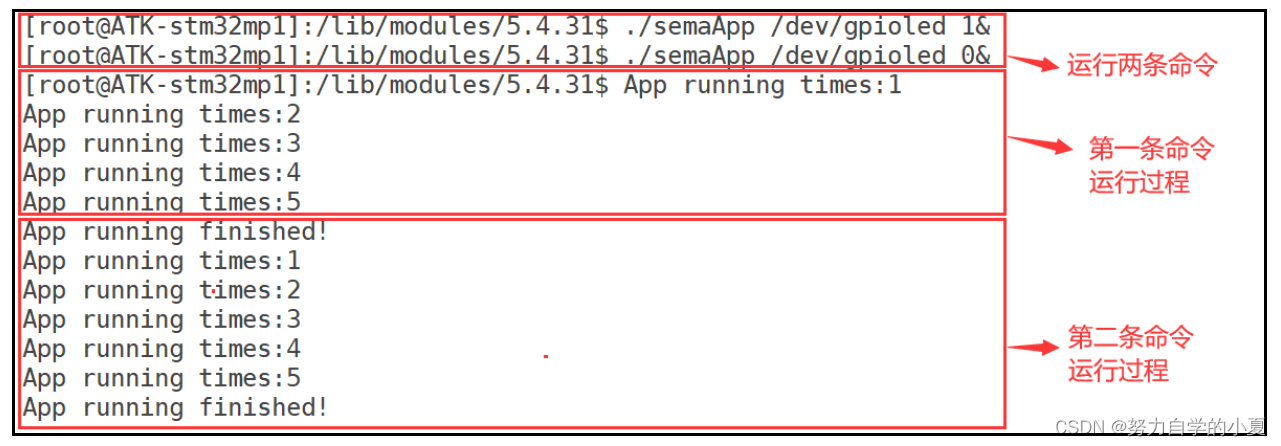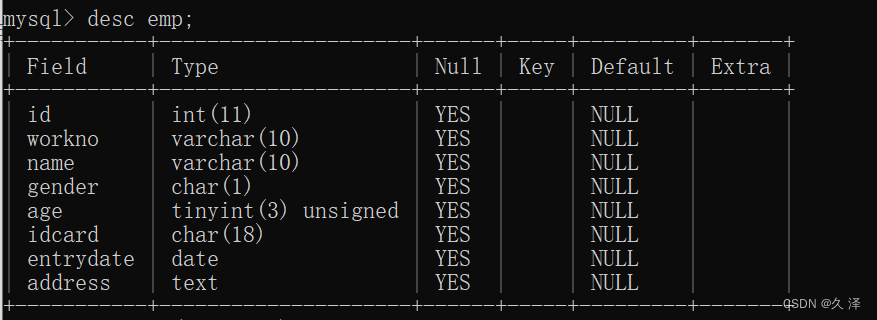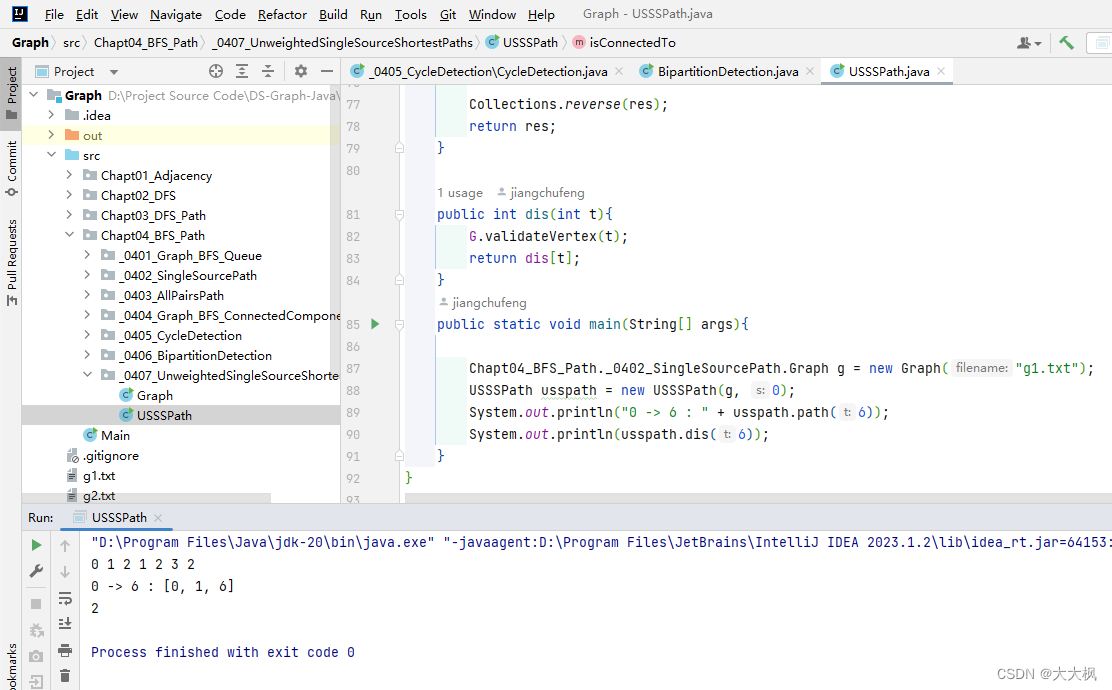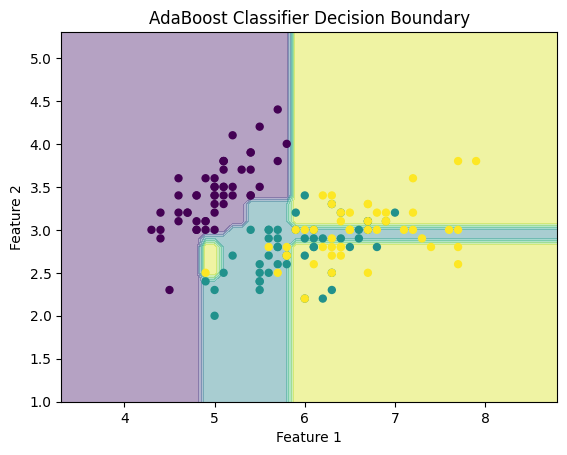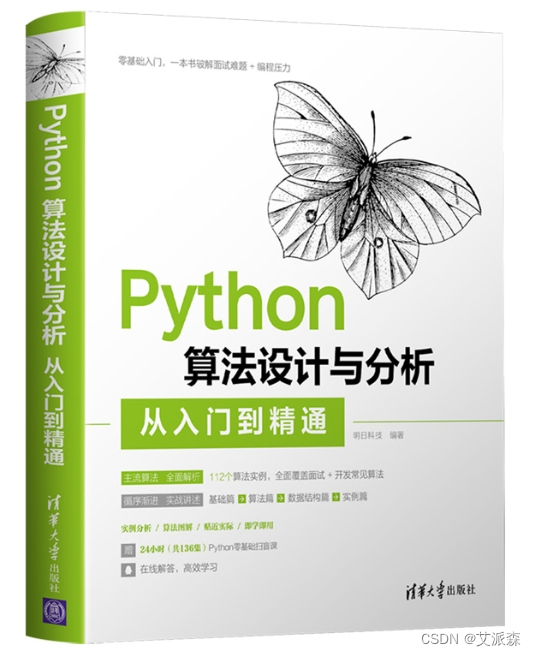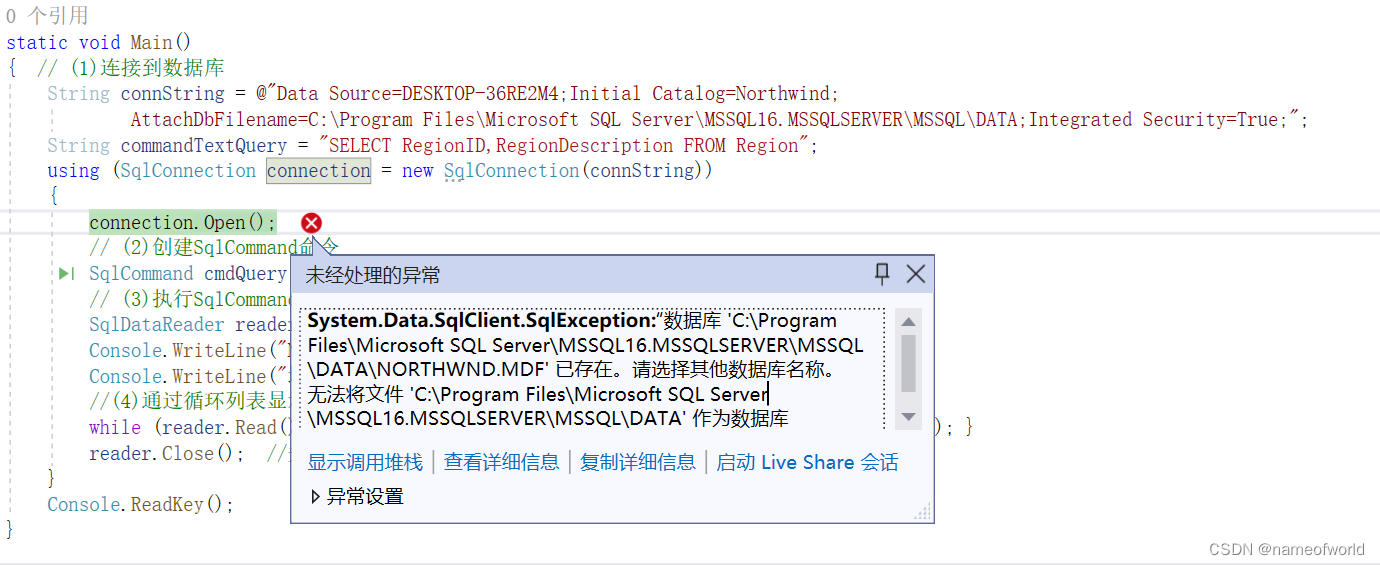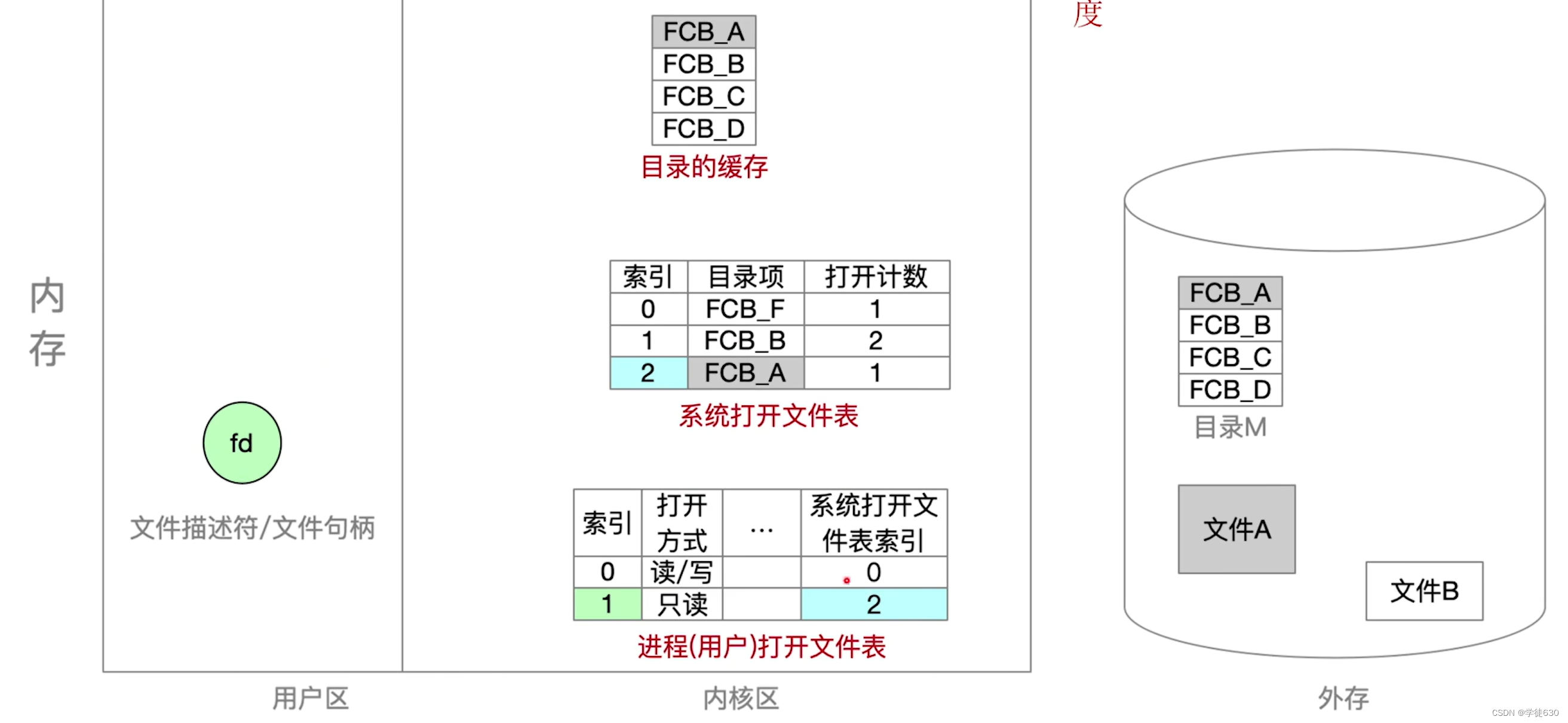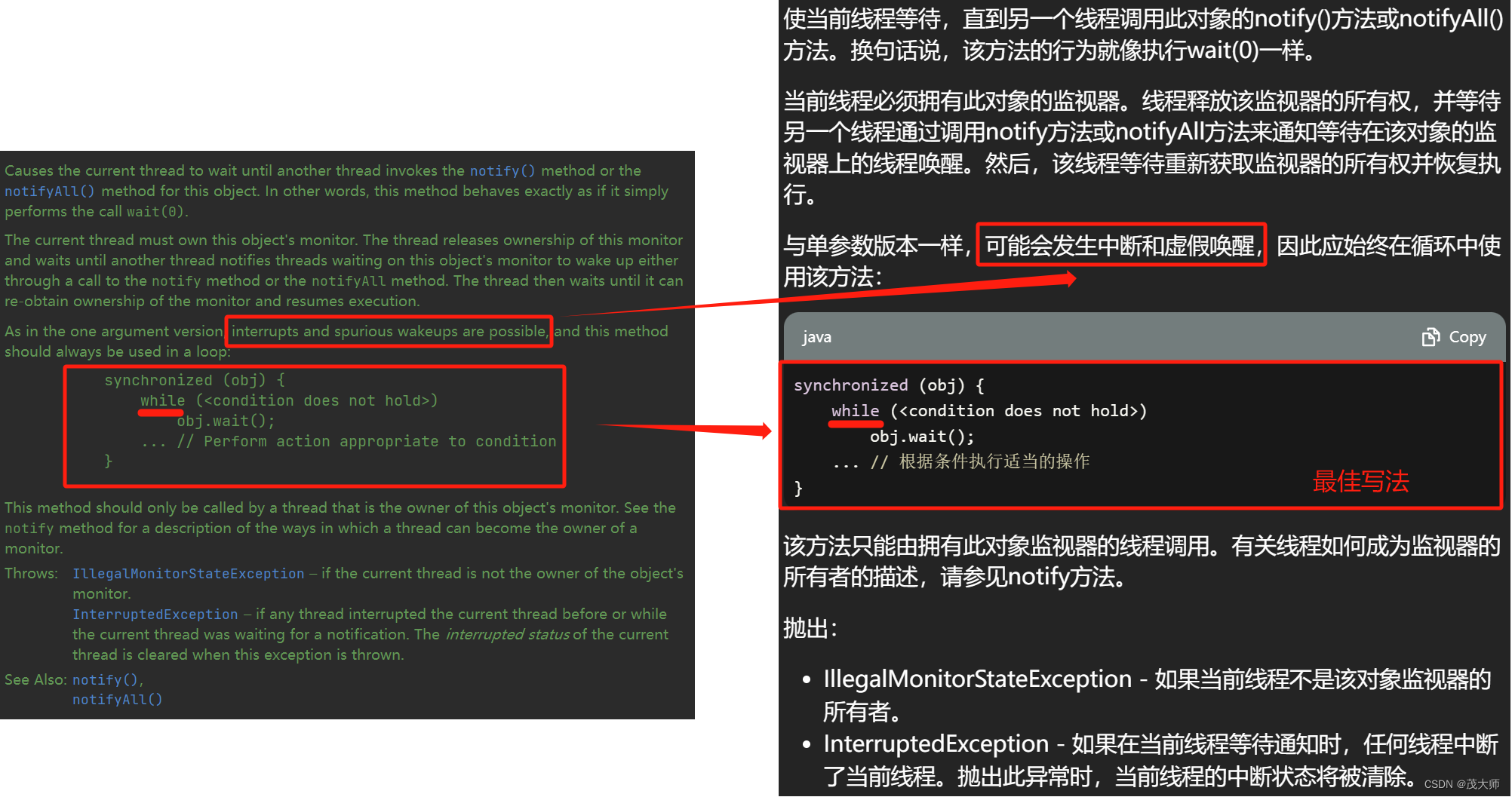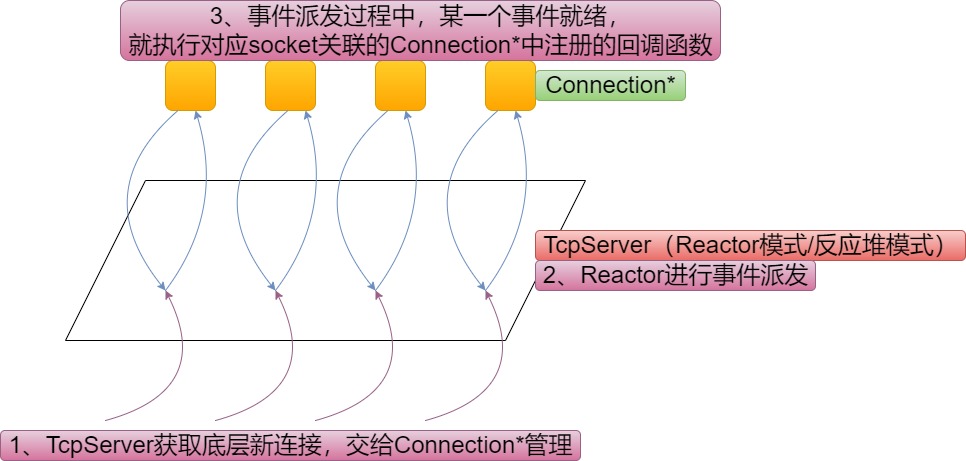大纲
- Mixture-of-Experts (MoE)
- Mixture of Sequential Experts(MoSE)
- Multi-gate Mixture-of-Experts (MMoE)
一、MoE
1. MoE架构
MoE(Mixture of Experts)层包含一个门网络(Gating Network)和n个专家网络(Expert Network)。对于每一个输入,动态地由门网络选择k个专家网络进行激活。在具体设计中,每个输入x激活的专家网络数量k往往是一个非常小的数字。比如在MoE论文的一些实验中,作者采用了n=512,k=2的设定,也就是每次只会从512个专家网络中挑选两个来激活。在模型运算量(FLOPs)基本不变的情况下,可以显著增加模型的参数量。
MoE架构的主要特点是在模型中引入了专家网络层,通过路由机制(Routing function)选择激活哪些专家,以允许不同的专家模型对输入进行独立处理,并通过加权组合它们的输出来生成最终的预测结果。

通过稀疏模型MoE扩大大语言模型的方法:以GLaM模型为例,它包含1.2T个参数,但实际上被激活的参数(activated parameters)只有97B,远少于GPT-3,也就是说,它是稀疏激活的MoE。它与GPT-3同样是只有解码器的模型,但与GPT-3相比,GlaM获得了更好的性能。
稀疏模型的优势在于它能够更有效地利用模型参数,减少不必要的计算开销,从而提高模型的性能。
- 可以扩大模型的参数数量,因为只需要激活部分参数,其他参数可以被"关机"。这降低了计算量和内存消耗。
- 提高效率:只激活相关的专家模块,可以提高模型效率。
- 组合优势:通过组合不同专家的优势,有可能获得更好的效果。
混合专家系统有两种架构:competitive MoE 和cooperative MoE。competitive MoE中数据的局部区域被强制集中在数据的各离散空间,而cooperative MoE没有进行强制限制。
2. GateNet:决策输入样本由哪个专家处理
GateNet可以理解为一个分配器,根据输入样本的特征,动态决策将其分配给哪个专家进行处理。这个过程可以通过一个softmax分类器来实现,其中每个神经元对应一个专家模型。GateNet的输出值表示了每个专家的权重。 GateNet的设计需要考虑两个关键点:输入样本特征的提取和分配策略的确定。在特征的提取方面,常用的方法是使用卷积神经网络(CNN)或者Transformer等结构来提取输入样本的特征表示。而在分配策略的确定方面,可以采用不同的注意力机制或者引入一些先验知识来指导。
这种训练过程传统上是使用期望最大化 (Expectation Maximization, EM) 来实现的。门控网络可能有一个 softmax 输出,它为每个专家提供类似概率的置信度分数。

对softmax做了一些改动。第一个变动就是KeepTopK,这是个离散函数,将top-k之外的值强制设为负无穷大,从而softmax后的值为0。第二个变动是加了noise,这个的目的是为了做均衡,这里引入了一个Wnoise的参数,后面还会在损失函数层面进行改动。
上述公式表示了包含 n 个专家的 MoE 层的计算过程。具体来讲,首先对样本 x 进行门控计算, W 表示权重矩阵;然后由 Softmax 处理后获得样本 x 被分配到各个 expert 的权重; 然后只取前 k (通常取 1 或者 2)个最大权重,最终整个 MoE Layer 的计算结果就是选中的 k 个专家网络输出的加权和。
3. Experts:专家模型的构建与训练
专家模型是MoE架构中的核心组件,它们负责处理输入样本的具体任务。每个专家模型都是相对独立的,可以根据任务的需求选择不同的模型架构。 在训练阶段,专家模型可以采用传统的有监督学习方法进行训练。然而,为了提高模型的效果,还可以引入一些主从式训练策略。即通过联合训练GateNet和Experts,共同优化整个MoE架构。
为了改进只有几个expert会被集中使用这一问题,给每个expert定义了一个importance的概念。importance就是指这个expert所处理的样本数,简而言之就是G(x)对应位置的和。损失函数则是importance的平方乘以一个系数。

4. 代码实现
# Sparsely-Gated Mixture-of-Experts Layers.
# See "Outrageously Large Neural Networks"
# https://arxiv.org/abs/1701.06538
#
# Author: David Rau
#
# The code is based on the TensorFlow implementation:
# https://github.com/tensorflow/tensor2tensor/blob/master/tensor2tensor/utils/expert_utils.py
import torch
import torch.nn as nn
from torch.distributions.normal import Normal
import numpy as np
class SparseDispatcher(object):
"""Helper for implementing a mixture of experts.
The purpose of this class is to create input minibatches for the
experts and to combine the results of the experts to form a unified
output tensor.
There are two functions:
dispatch - take an input Tensor and create input Tensors for each expert.
combine - take output Tensors from each expert and form a combined output
Tensor. Outputs from different experts for the same batch element are
summed together, weighted by the provided "gates".
The class is initialized with a "gates" Tensor, which specifies which
batch elements go to which experts, and the weights to use when combining
the outputs. Batch element b is sent to expert e iff gates[b, e] != 0.
The inputs and outputs are all two-dimensional [batch, depth].
Caller is responsible for collapsing additional dimensions prior to
calling this class and reshaping the output to the original shape.
See common_layers.reshape_like().
Example use:
gates: a float32 `Tensor` with shape `[batch_size, num_experts]`
inputs: a float32 `Tensor` with shape `[batch_size, input_size]`
experts: a list of length `num_experts` containing sub-networks.
dispatcher = SparseDispatcher(num_experts, gates)
expert_inputs = dispatcher.dispatch(inputs)
expert_outputs = [experts[i](expert_inputs[i]) for i in range(num_experts)]
outputs = dispatcher.combine(expert_outputs)
The preceding code sets the output for a particular example b to:
output[b] = Sum_i(gates[b, i] * experts[i](inputs[b]))
This class takes advantage of sparsity in the gate matrix by including in the
`Tensor`s for expert i only the batch elements for which `gates[b, i] > 0`.
"""
def __init__(self, num_experts, gates):
"""Create a SparseDispatcher."""
self._gates = gates
self._num_experts = num_experts
# sort experts
sorted_experts, index_sorted_experts = torch.nonzero(gates).sort(0)
# drop indices
_, self._expert_index = sorted_experts.split(1, dim=1)
# get according batch index for each expert
self._batch_index = torch.nonzero(gates)[index_sorted_experts[:, 1], 0]
# calculate num samples that each expert gets
self._part_sizes = (gates > 0).sum(0).tolist()
# expand gates to match with self._batch_index
gates_exp = gates[self._batch_index.flatten()]
self._nonzero_gates = torch.gather(gates_exp, 1, self._expert_index)
def dispatch(self, inp):
"""Create one input Tensor for each expert.
The `Tensor` for a expert `i` contains the slices of `inp` corresponding
to the batch elements `b` where `gates[b, i] > 0`.
Args:
inp: a `Tensor` of shape "[batch_size, <extra_input_dims>]`
Returns:
a list of `num_experts` `Tensor`s with shapes
`[expert_batch_size_i, <extra_input_dims>]`.
"""
# assigns samples to experts whose gate is nonzero
# expand according to batch index so we can just split by _part_sizes
inp_exp = inp[self._batch_index].squeeze(1)
return torch.split(inp_exp, self._part_sizes, dim=0)
def combine(self, expert_out, multiply_by_gates=True):
"""Sum together the expert output, weighted by the gates.
The slice corresponding to a particular batch element `b` is computed
as the sum over all experts `i` of the expert output, weighted by the
corresponding gate values. If `multiply_by_gates` is set to False, the
gate values are ignored.
Args:
expert_out: a list of `num_experts` `Tensor`s, each with shape
`[expert_batch_size_i, <extra_output_dims>]`.
multiply_by_gates: a boolean
Returns:
a `Tensor` with shape `[batch_size, <extra_output_dims>]`.
"""
# apply exp to expert outputs, so we are not longer in log space
stitched = torch.cat(expert_out, 0).exp()
if multiply_by_gates:
stitched = stitched.mul(self._nonzero_gates)
zeros = torch.zeros(self._gates.size(0), expert_out[-1].size(1), requires_grad=True, device=stitched.device)
# combine samples that have been processed by the same k experts
combined = zeros.index_add(0, self._batch_index, stitched.float())
# add eps to all zero values in order to avoid nans when going back to log space
combined[combined == 0] = np.finfo(float).eps
# back to log space
return combined.log()
def expert_to_gates(self):
"""Gate values corresponding to the examples in the per-expert `Tensor`s.
Returns:
a list of `num_experts` one-dimensional `Tensor`s with type `tf.float32`
and shapes `[expert_batch_size_i]`
"""
# split nonzero gates for each expert
return torch.split(self._nonzero_gates, self._part_sizes, dim=0)
class MLP(nn.Module):
def __init__(self, input_size, output_size, hidden_size):
super(MLP, self).__init__()
self.fc1 = nn.Linear(input_size, hidden_size)
self.fc2 = nn.Linear(hidden_size, output_size)
self.relu = nn.ReLU()
self.soft = nn.Softmax(1)
def forward(self, x):
out = self.fc1(x)
out = self.relu(out)
out = self.fc2(out)
out = self.soft(out)
return out
class MoE(nn.Module):
"""Call a Sparsely gated mixture of experts layer with 1-layer Feed-Forward networks as experts.
Args:
input_size: integer - size of the input
output_size: integer - size of the input
num_experts: an integer - number of experts
hidden_size: an integer - hidden size of the experts
noisy_gating: a boolean
k: an integer - how many experts to use for each batch element
"""
def __init__(self, input_size, output_size, num_experts, hidden_size, noisy_gating=True, k=4):
super(MoE, self).__init__()
self.noisy_gating = noisy_gating
self.num_experts = num_experts
self.output_size = output_size
self.input_size = input_size
self.hidden_size = hidden_size
self.k = k
# instantiate experts
self.experts = nn.ModuleList([MLP(self.input_size, self.output_size, self.hidden_size) for i in range(self.num_experts)])
self.w_gate = nn.Parameter(torch.zeros(input_size, num_experts), requires_grad=True)
self.w_noise = nn.Parameter(torch.zeros(input_size, num_experts), requires_grad=True)
self.softplus = nn.Softplus()
self.softmax = nn.Softmax(1)
self.register_buffer("mean", torch.tensor([0.0]))
self.register_buffer("std", torch.tensor([1.0]))
assert(self.k <= self.num_experts)
def cv_squared(self, x):
"""The squared coefficient of variation of a sample.
Useful as a loss to encourage a positive distribution to be more uniform.
Epsilons added for numerical stability.
Returns 0 for an empty Tensor.
Args:
x: a `Tensor`.
Returns:
a `Scalar`.
"""
eps = 1e-10
# if only num_experts = 1
if x.shape[0] == 1:
return torch.tensor([0], device=x.device, dtype=x.dtype)
return x.float().var() / (x.float().mean()**2 + eps)
def _gates_to_load(self, gates):
"""Compute the true load per expert, given the gates.
The load is the number of examples for which the corresponding gate is >0.
Args:
gates: a `Tensor` of shape [batch_size, n]
Returns:
a float32 `Tensor` of shape [n]
"""
return (gates > 0).sum(0)
def _prob_in_top_k(self, clean_values, noisy_values, noise_stddev, noisy_top_values):
"""Helper function to NoisyTopKGating.
Computes the probability that value is in top k, given different random noise.
This gives us a way of backpropagating from a loss that balances the number
of times each expert is in the top k experts per example.
In the case of no noise, pass in None for noise_stddev, and the result will
not be differentiable.
Args:
clean_values: a `Tensor` of shape [batch, n].
noisy_values: a `Tensor` of shape [batch, n]. Equal to clean values plus
normally distributed noise with standard deviation noise_stddev.
noise_stddev: a `Tensor` of shape [batch, n], or None
noisy_top_values: a `Tensor` of shape [batch, m].
"values" Output of tf.top_k(noisy_top_values, m). m >= k+1
Returns:
a `Tensor` of shape [batch, n].
"""
batch = clean_values.size(0)
m = noisy_top_values.size(1)
top_values_flat = noisy_top_values.flatten()
threshold_positions_if_in = torch.arange(batch, device=clean_values.device) * m + self.k
threshold_if_in = torch.unsqueeze(torch.gather(top_values_flat, 0, threshold_positions_if_in), 1)
is_in = torch.gt(noisy_values, threshold_if_in)
threshold_positions_if_out = threshold_positions_if_in - 1
threshold_if_out = torch.unsqueeze(torch.gather(top_values_flat, 0, threshold_positions_if_out), 1)
# is each value currently in the top k.
normal = Normal(self.mean, self.std)
prob_if_in = normal.cdf((clean_values - threshold_if_in)/noise_stddev)
prob_if_out = normal.cdf((clean_values - threshold_if_out)/noise_stddev)
prob = torch.where(is_in, prob_if_in, prob_if_out)
return prob
def noisy_top_k_gating(self, x, train, noise_epsilon=1e-2):
"""Noisy top-k gating.
See paper: https://arxiv.org/abs/1701.06538.
Args:
x: input Tensor with shape [batch_size, input_size]
train: a boolean - we only add noise at training time.
noise_epsilon: a float
Returns:
gates: a Tensor with shape [batch_size, num_experts]
load: a Tensor with shape [num_experts]
"""
clean_logits = x @ self.w_gate
if self.noisy_gating and train:
raw_noise_stddev = x @ self.w_noise
noise_stddev = ((self.softplus(raw_noise_stddev) + noise_epsilon))
noisy_logits = clean_logits + (torch.randn_like(clean_logits) * noise_stddev)
logits = noisy_logits
else:
logits = clean_logits
# calculate topk + 1 that will be needed for the noisy gates
top_logits, top_indices = logits.topk(min(self.k + 1, self.num_experts), dim=1)
top_k_logits = top_logits[:, :self.k]
top_k_indices = top_indices[:, :self.k]
top_k_gates = self.softmax(top_k_logits)
zeros = torch.zeros_like(logits, requires_grad=True)
gates = zeros.scatter(1, top_k_indices, top_k_gates)
if self.noisy_gating and self.k < self.num_experts and train:
load = (self._prob_in_top_k(clean_logits, noisy_logits, noise_stddev, top_logits)).sum(0)
else:
load = self._gates_to_load(gates)
return gates, load
def forward(self, x, loss_coef=1e-2):
"""Args:
x: tensor shape [batch_size, input_size]
train: a boolean scalar.
loss_coef: a scalar - multiplier on load-balancing losses
Returns:
y: a tensor with shape [batch_size, output_size].
extra_training_loss: a scalar. This should be added into the overall
training loss of the model. The backpropagation of this loss
encourages all experts to be approximately equally used across a batch.
"""
gates, load = self.noisy_top_k_gating(x, self.training)
# calculate importance loss
importance = gates.sum(0)
#
loss = self.cv_squared(importance) + self.cv_squared(load)
loss *= loss_coef
dispatcher = SparseDispatcher(self.num_experts, gates)
expert_inputs = dispatcher.dispatch(x)
gates = dispatcher.expert_to_gates()
expert_outputs = [self.experts[i](expert_inputs[i]) for i in range(self.num_experts)]
y = dispatcher.combine(expert_outputs)
return y, losshttps://github.com/davidmrau/mixture-of-experts
MoSE
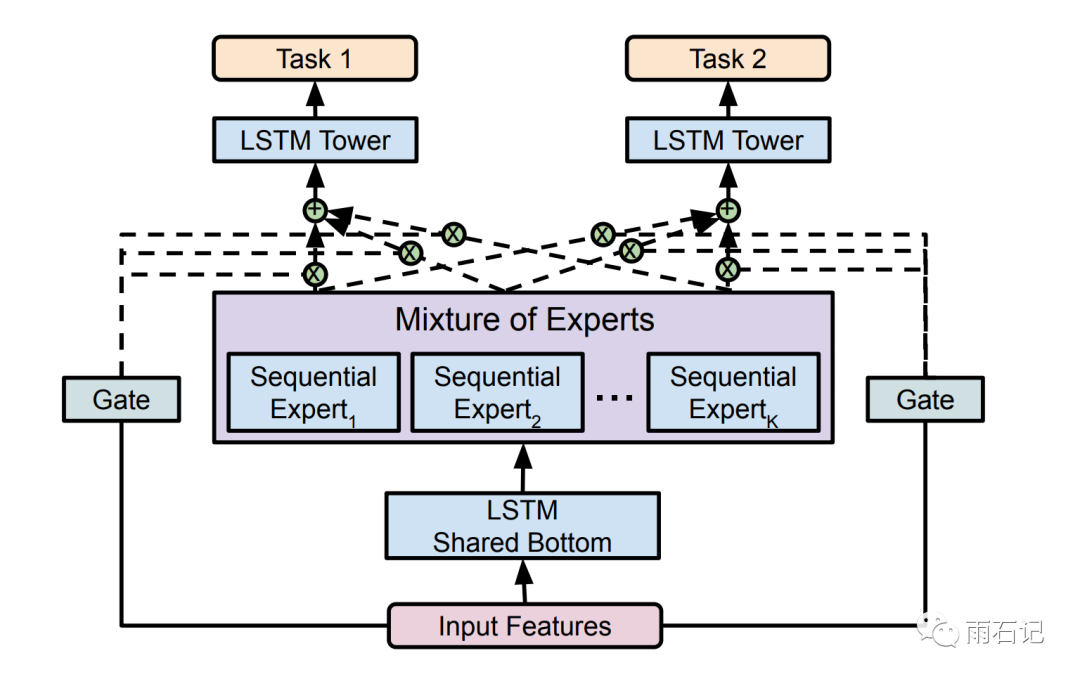
References
GitHub - XueFuzhao/awesome-mixture-of-experts: A collection of AWESOME things about mixture-of-experts

